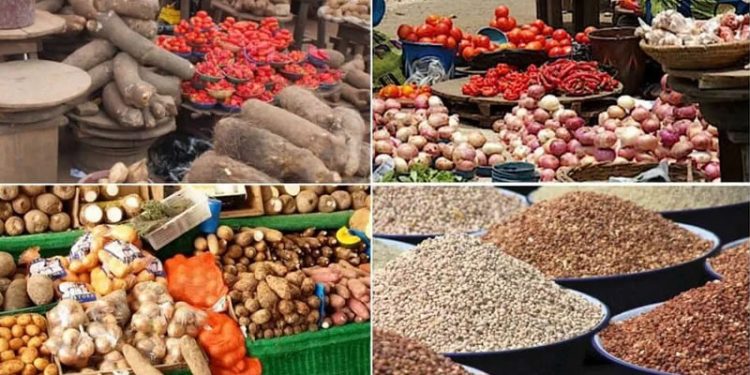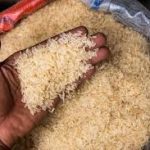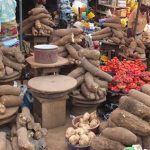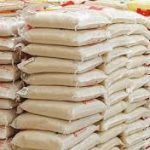The Lagos food market experienced varied price movements in May 2025, with some staple food items recording significant price drops while others surged due to seasonal factors and ongoing supply constraints.
A notable change was the sharp decline in the price of a 50kg bag of local parboiled rice, which dropped by almost 13 percent, falling from an average of N61,550 in April to N53,570 in May. Similarly, prices for a 5kg pack of semolina and a kilogram of horse mackerel (Kote) saw modest decreases, providing some relief to households struggling with shrinking budgets.
Market players, including traders and consumers, cited multiple factors affecting prices. The cost of transporting food items to Lagos, heavily influenced by fluctuating fuel prices, continues to drive overall market prices. Although some price reductions were observed, the general cost level remains high, and many market participants noted that these declines have been only marginal.
This ongoing volatility reflects the combined effects of inflationary pressures, high transportation costs, and off-season shortages, especially for perishable goods. Traders across major markets expressed concern over rising diesel prices and deteriorating road conditions, which disrupt supply timelines and increase the cost of moving food from northern production regions to Lagos.
Consumers are still grappling with limited food budgets and high living costs. A shopper at Oyingbo market shared frustrations, saying, “Even when the price of rice goes down, it doesn’t really help because everything else keeps increasing.” Similar sentiments were heard across markets such as Mile 12, Oyingbo, Mushin, and Daleko, where shoppers welcomed the small price reductions but stressed that prices remain considerably higher than in previous years.
A trader and mother of four, noted, “The reduction is helpful, but it is not enough to ease the burden. Prices are still too high compared to last year.” Another shopper at Daleko market emphasized the need for stability, saying, “We need consistent prices. Today they drop, tomorrow they rise again.”
Some consumers have observed slight improvements in their purchasing power. “Last month, N5,000 could hardly get me much. Now, I can buy rice and garri and still have change. Things are improving slowly,” said a shopper at Mile 12 Market. However, vendors like Chuks in Mushin remain cautious, adding, “Tomatoes are a bit cheaper now, but prices keep jumping up and down unpredictably.”
Market analysts link the recent easing of some prices to improved regional harvests, reduced hoarding by traders, and a brief stabilization in fuel and logistics costs. However, they warn that food prices remain vulnerable to seasonal fluctuations and broader economic challenges, including inflation and supply chain disruptions.
In addition to transport and fuel challenges, poor infrastructure and logistical inefficiencies continue to hinder the smooth movement of goods, raising costs and delaying deliveries. These factors compound the difficulty in achieving affordable and stable food prices in Lagos and other urban centers heavily dependent on supplies from rural farming areas.
The current trends highlight the urgent need for policies that address both supply chain bottlenecks and the underlying inflationary environment to protect consumers and traders alike. Sustained efforts to improve road conditions, streamline transport logistics, and stabilize fuel prices will be critical to ensuring more consistent and affordable access to food staples in Lagos moving forward.










